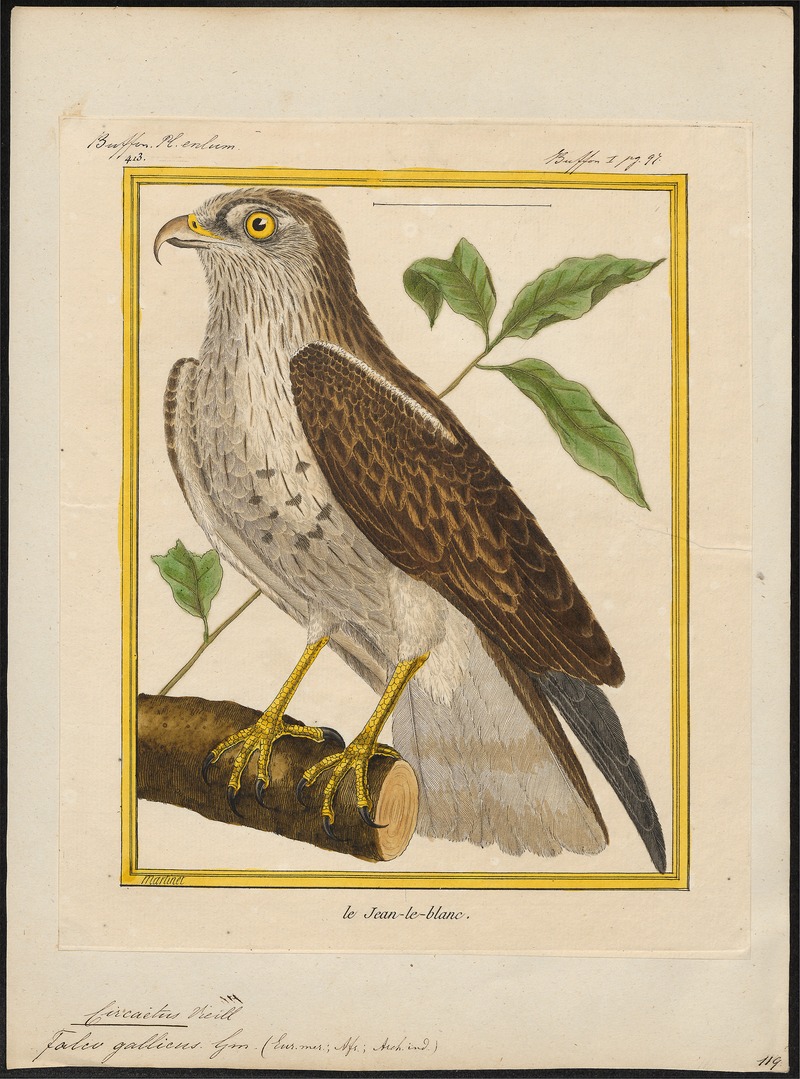|
| Query: Birds of prey | Result: 1282nd of 1662 | |
short-toed snake eagle (Circaetus gallicus)
| Subject: | short-toed snake eagle (Circaetus gallicus)
| | Poster: | Wiki Photos (---@---.---)
| |

| Resolution: 2921x3941
File Size: 4242981 Bytes
Upload Date: 2017:04:05 22:22:13
|
|
|